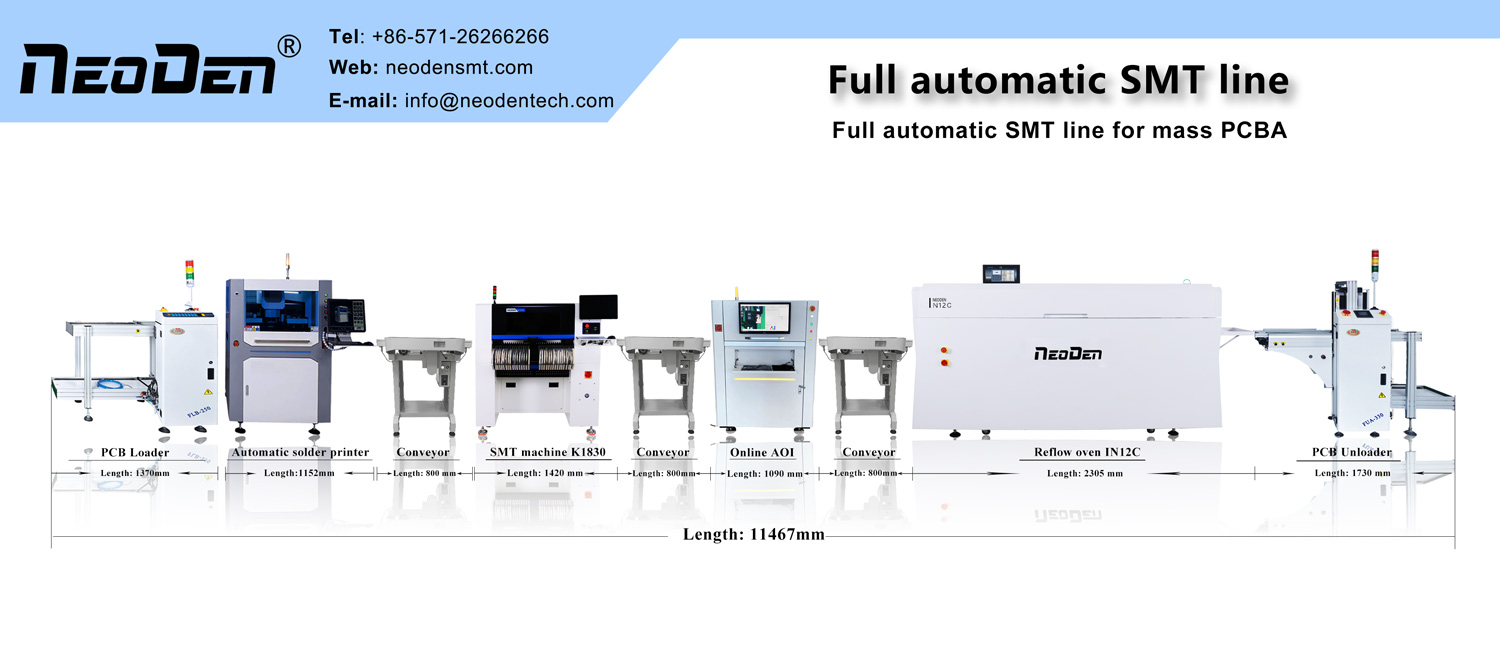Eliminating electromagnetic interference (EMI) from a PCB (printed circuit board) design can be complex and requires several stages. Some of the most important of these steps are as follows:
Identify potential sources of EMI:
The first step in EMI elimination is to identify potential sources of interference. This step involves looking at the circuit structure and identifying elements like oscillators, switching regulators and digital signals that tend to generate EMI.
Optimise component placement:
Placing components on the PCB gives them the best advantage. Shielding or filtering components helps isolate sensitive circuits, or you may need to move components around to reduce the space between them.
1. Use correct grounding techniques
Grounding is essential to reduce EMI. To reduce the potential for EMI you should use the correct grounding technique. This step involves using a dedicated ground plane to divide analogue and digital signals, or connecting many components to a single ground plane.
2. Implement shielding and filtering
In some cases, components used for shielding or filtering can help to eliminate EMI. filtering components help to remove unwanted frequencies from the signal, while shielding can help to prevent EMI from reaching sensitive circuits.
3. Testing and verification
After the design has been optimised, you must ensure that you have correctly eliminated EMI. this elimination may require measuring the PCB’s electromagnetic emissions with an EMI analyser, or testing the PCB in a real-world scenario to ensure that it functions as planned.
Testing EMI in PCB designs
Do you need to test the EMI in your PCB design and if so, then the following details should help you get around. After that, you will want to follow the next steps:
1. Define the test criteria
Define the frequency range, test methods and limits. The product standard should determine the test criteria.
2. Test equipment
Set up an EMI receiver, signal generator, spectrum analyser and oscilloscope. The equipment should be calibrated and verified before testing.
3. Prepare the PCB
For testing purposes, make sure you install all components correctly and power the PCB correctly by connecting it to the test equipment.
4. Carry out the radiated emission test
To carry out the radiated emission test, place the PCB in an anechoic chamber and transmit the signal with a signal generator while measuring the radiated emission level with an EMI receiver.
5. Conducted emission test
Conducted emission test by injecting signals into the power and signal lines of the PCB, while measuring the conducted emission level with the EMI receiver.
6. Analyse the results
Analyse the test results to determine if the PCB design meets the test criteria. If the test results do not meet the criteria, identify the source of the emissions and take corrective action, such as adding EMI shielding or filtering.
Company Profile
Zhejiang NeoDen Technology Co., Ltd. has been manufacturing and exporting various small pick and place machines since 2010. Taking advantage of our own rich experienced R&D, well trained production, NeoDen wins great reputation from the world wide customers.
with global presence in over 130 countries, the excellent performance, high accuracy and reliability of NeoDen PNP machines make them perfect for R&D, professional prototyping and small to medium batch production. We provide professional solution of one stop SMT equipment.
Add: No.18, Tianzihu Avenue, Tianzihu Town, Anji County, Huzhou City, Zhejiang Province, China
Phone: 86-571-26266266
Post time: May-06-2023

